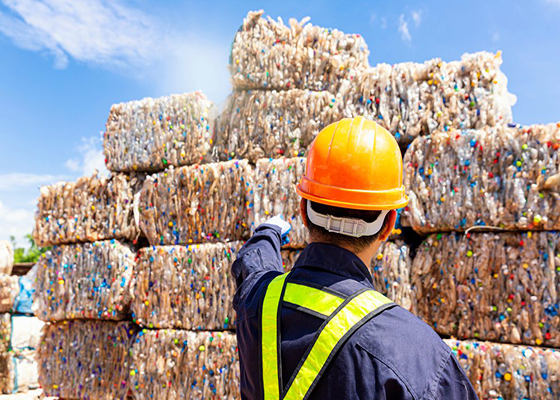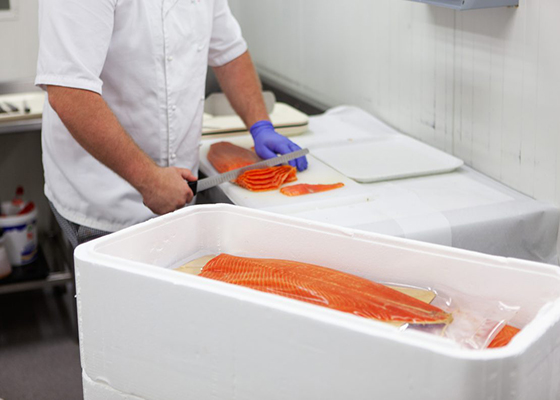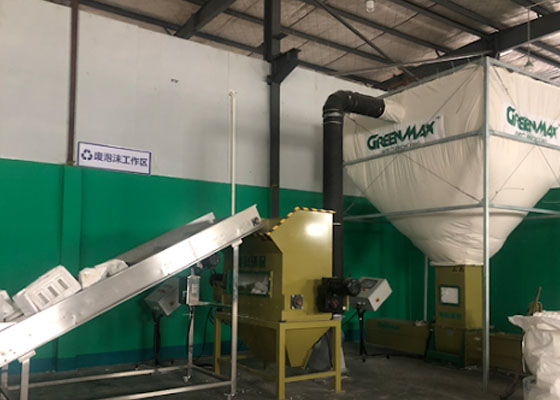A scientific approach to EPS recycling and corresponding regulations are key to a circular economy
In March 2021, recycling targets for packaging were set under the Extended Producer Responsibility Act (or REP Act), which establishes recycling obligations for traded consumer goods. The Act also provides for mandatory recycling of paper and cardboard, plastics and metals. In ten years' time, the recycling rate for these materials should range from 55% for plastics to 85% for paper and cardboard.

Plastics can be recycled and with the development of technology this is being proven. Seafood is one of the foods that many people enjoy because it is a delicious food. But I'm sure most people have no idea what keeps seafood fresh from the time it is caught to the time it is marketed. An essential material for all this is EPS, a 100% recyclable plastic material. Thanks to its strong insulation, shock resistance and economic advantages, packing fish in EPS boxes ensures that seafood stays fresh and tasty until it reaches the market. Aquaculture companies generate a lot of waste during their operations and it is these EPS fish boxes that make up the bulk of it.

So, will these EPS fish boxes end up in landfill like ordinary waste, taking up valuable land resources for centuries? Based on their 98% air and 2% real plastic content, it is entirely possible to recycle them in a scientific way: using EPS recycling machines to recycle EPS boxes. Even in an environment where EPS packaging is banned everywhere, recycling of EPS continues to flourish thanks to this science. This reduces the transport and labour costs of this waste and lays the foundations for a circular economy for this material.

However, compression is not the final destination, but the beginning of a cycle. After processing in an EPS recycling machine, this waste is transformed into highly usable plastic pellets. These plastic pellets will be used in many different ways, whether as frames for household items or as decorative items for beautiful picture or photo frames. All in all, this is an important part of the circular economy, as it stops waste from flowing into the ecosystem and causing some pollution and damage.

Of course, the power of technology cannot be separated from the laws relating to recycling, such as the aforementioned REP law. Scientific recycling methods and laws go hand in hand and contribute to the development of a circular economy. There is no doubt that scientific recycling methods and related legislation are key to achieving a circular economy.
